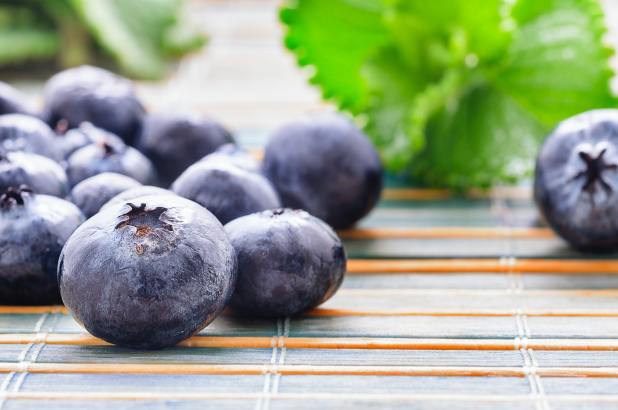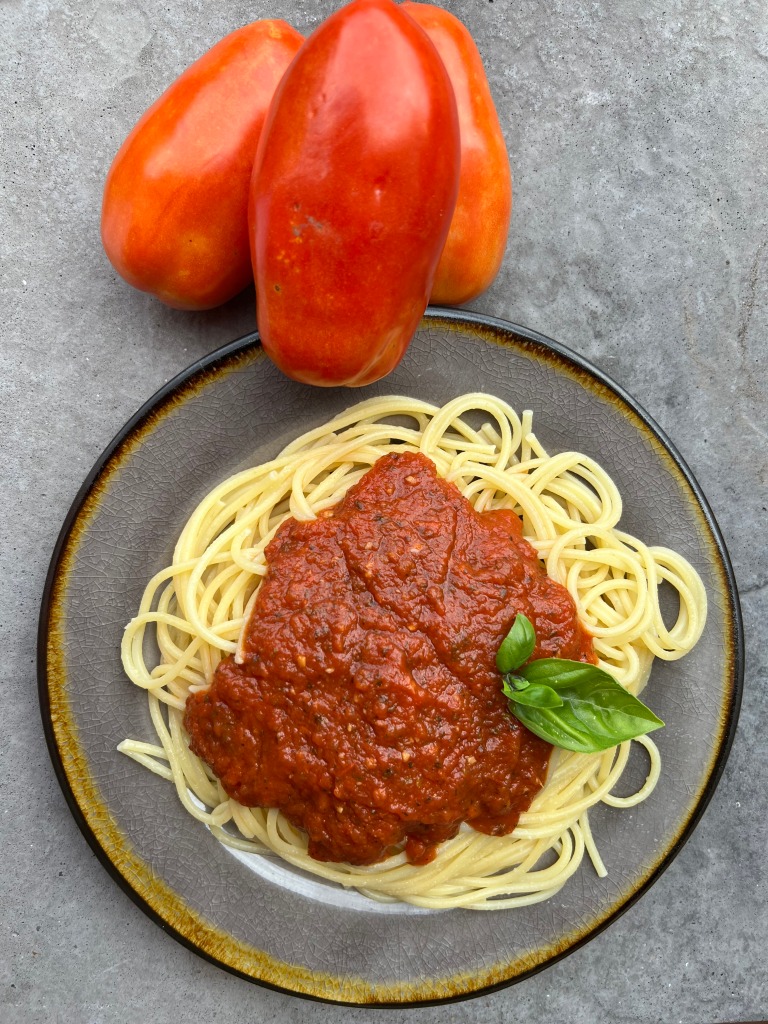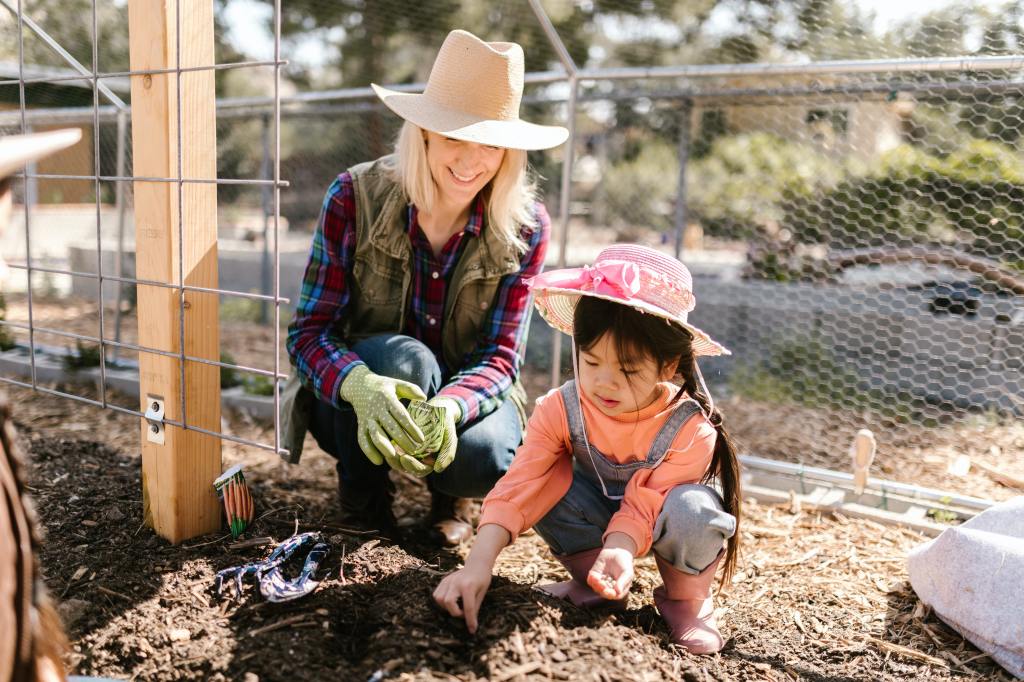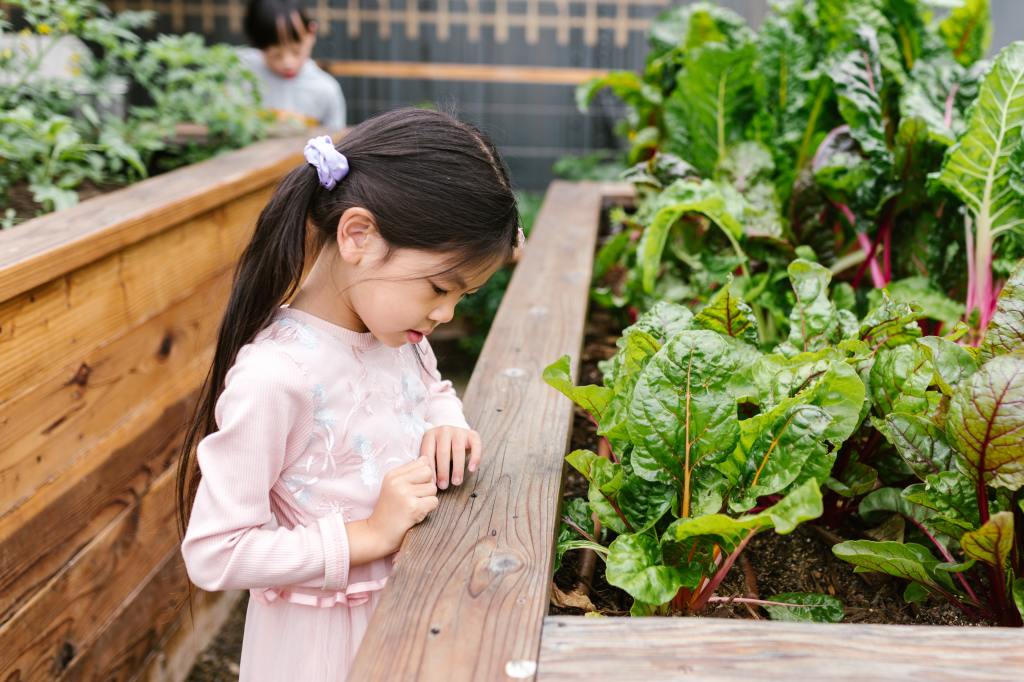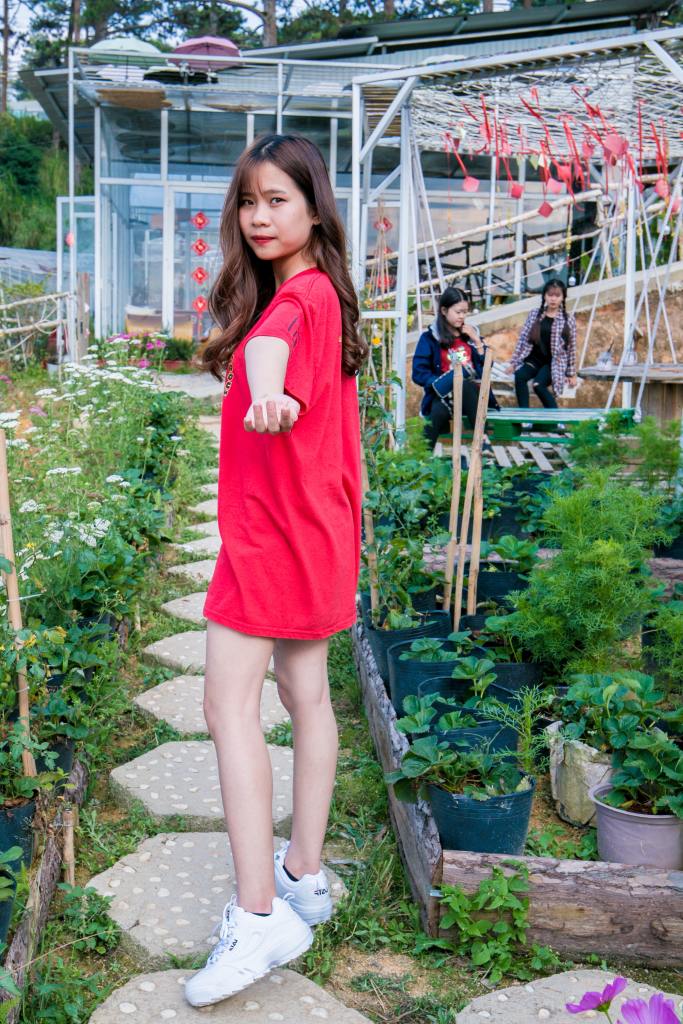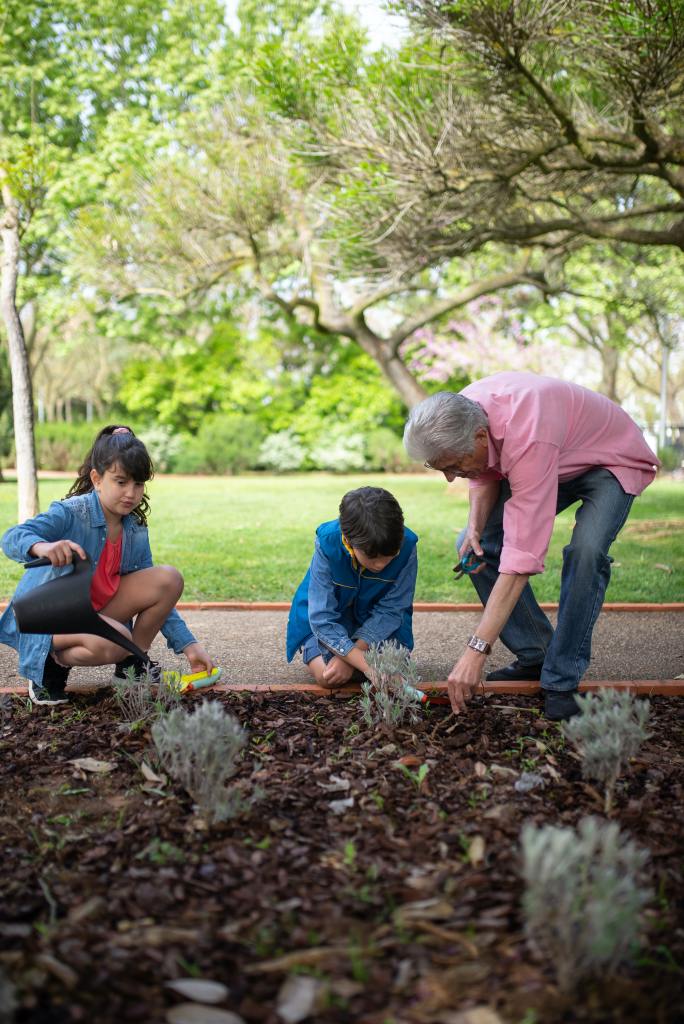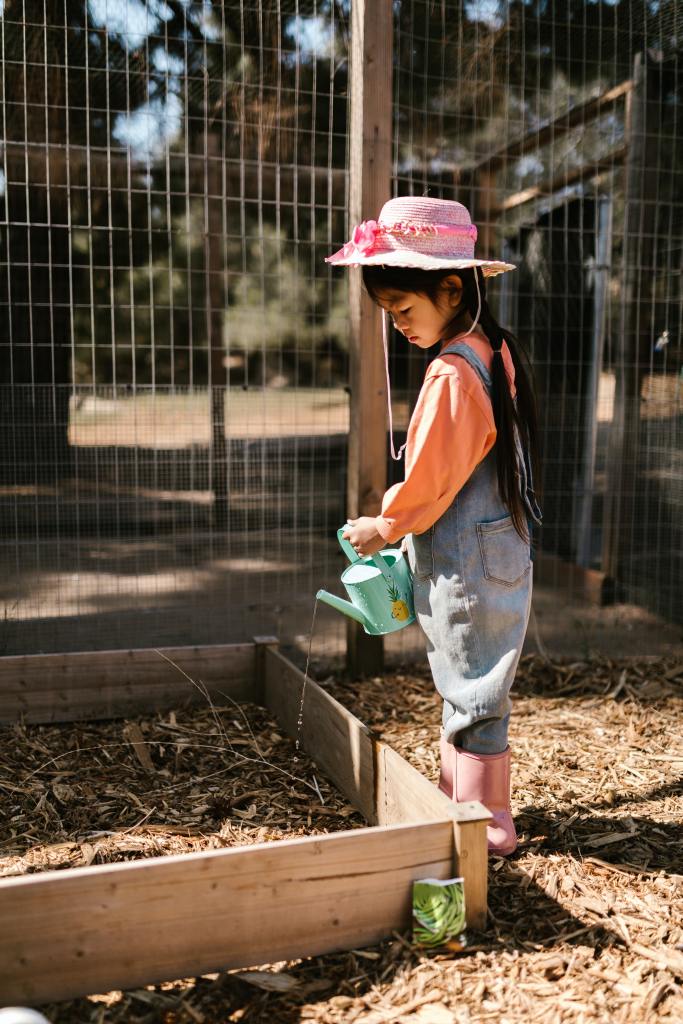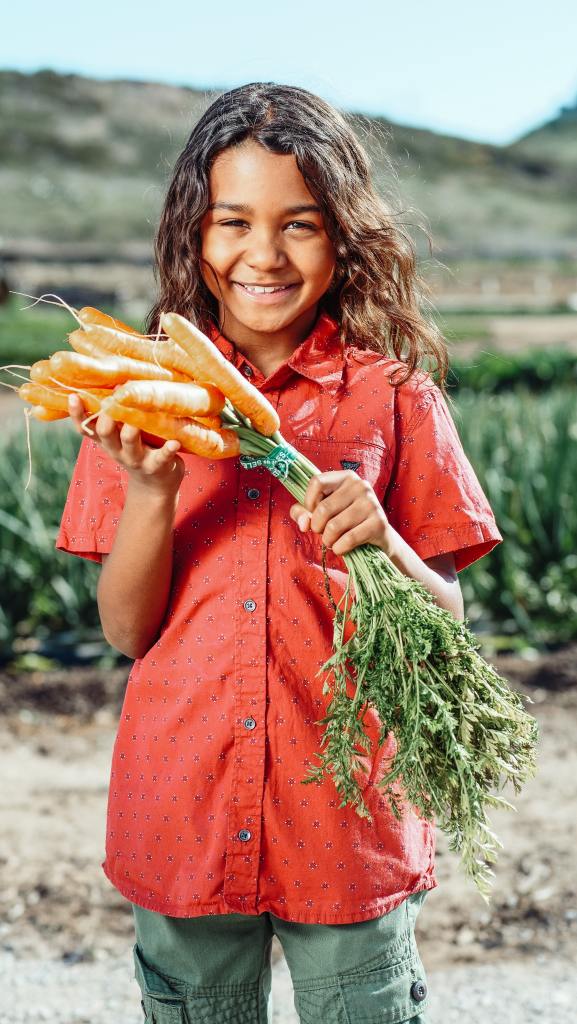“Growing your own food may be one of the most powerful steps you can take for the health of yourself, your family, and your planet.” ― Lindsay Oberst (foodrevolution.org)
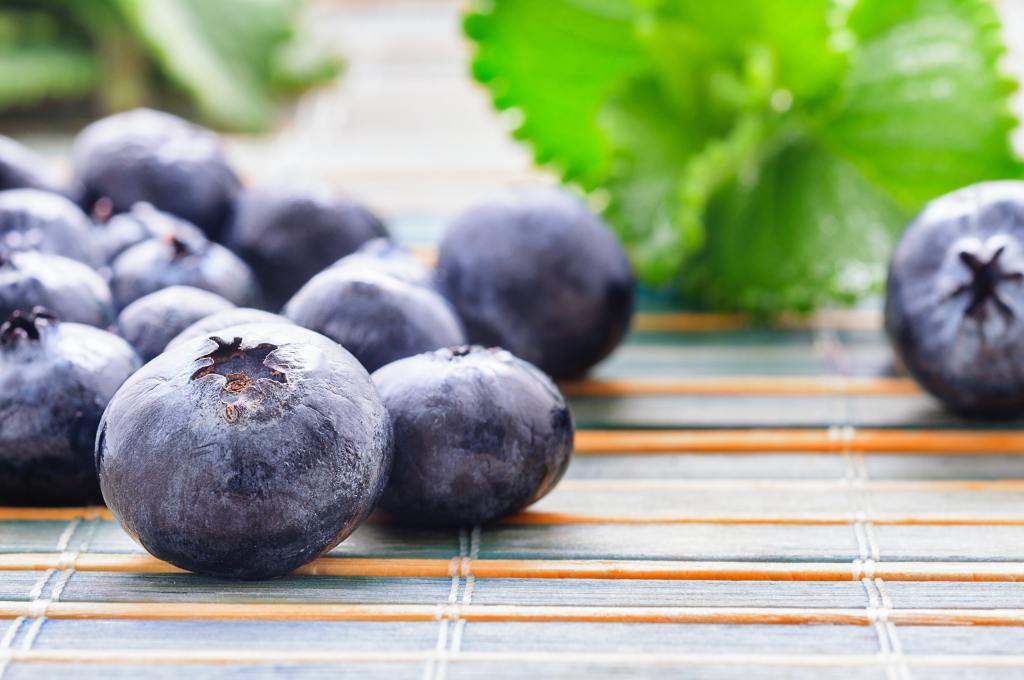
I often mention the fond memories I have of my childhood, and blueberries bring back so many of them. I clearly remember the blueberry season and my grandmother and mother purchasing a flat of them to freeze and make blueberry preserves… oh the smell that wafted through our home during those canning and preserving months.
My favorite dessert my grandma made was blueberries with cinnamon & sugar. Yummmm… and today, my children love it just as much! As soon as the boys see blueberries at the farmers markets, they look longingly at me with the, “are you getting them mom???” Of course I do. Now that my daughter is almost thirty with her own son, we have both introduced this delicacy to him as well!
Growing up I have also mentioned we always had a garden. Blueberries were not one of the things we grew, but it is something I grew on my farm. They are relatively easy to grow and care for, which is what we are going to discuss in today’s blog post!

Whether you’re a novice or seasoned gardener, this guide will walk you through the process of planting and caring for blueberries. From choosing the right variety to ensuring proper soil acidity and irrigation, we’ll cover everything you need to know to get started. So grab your gardening gloves and let’s get planting!
If you missed my post on My Top 10 Perennial Fruits & Vegetables to Grow for the Home Gardener, be sure to read it!
Why plant blueberries?
Blueberries are one of the healthiest fruits you can eat. They are packed with antioxidants, vitamin C, and fiber, and they have been shown to improve heart health, brain function, and digestion. In addition to being nutritious, blueberries are also incredibly versatile. They can be used in a wide variety of recipes, from pancakes and muffins to smoothies and salads.
But why grow your own blueberries? For one, they are much fresher and tastier than store-bought berries. You also have more control over the growing process, which means you can ensure that your blueberries are grown organically and sustainably. Plus, growing your own blueberries is a fun and rewarding hobby that can be enjoyed by people of all ages.

Choosing the right blueberry variety
Before you start planting blueberries, it’s important to choose the right variety for your location and climate. There are three main types of blueberries: highbush, lowbush, and rabbiteye. Highbush blueberries are the most common type and are suitable for most regions. Lowbush blueberries are smaller and more cold-hardy, making them ideal for northern climates. Rabbiteye blueberries are native to the southeastern United States and are well-suited for warm, humid climates.
When choosing a variety, look for one that is disease-resistant and adapted to your local climate. Some popular highbush varieties include Bluecrop, Jersey, and Duke. For lowbush blueberries, try Northland or Patriot. For rabbiteye blueberries, consider Tifblue or Brightwell.

Preparing soil for blueberry planting
Blueberries thrive in acidic soil with a pH between 4.5 and 5.5. If your soil is too alkaline, you can lower the pH by adding sulfur or peat moss. It’s also important to ensure that your soil is well-draining and rich in organic matter.
Before planting blueberries, prepare the soil by removing any weeds or debris and tilling the soil to a depth of at least 8 inches. If your soil is heavy clay, consider adding sand or perlite to improve drainage. You can also incorporate compost or well-rotted manure to add nutrients to the soil.

Planting blueberries – step by step guide
Once you’ve prepared the soil, it’s time to plant your blueberries. Here’s a step-by-step guide to get you started:
- 1. Dig a hole that is twice as wide and deep as the root ball of your blueberry plant.
- Mix some peat moss or compost into the soil at the bottom of the hole.
- 2. Place the blueberry plant in the hole, making sure that the top of the root ball is level with the surrounding soil.
- 3. Backfill the hole with soil, tamping it down gently as you go.
- 4. Water the plant thoroughly, making sure that the soil is moist but not waterlogged0
- .
Space your blueberry bushes about 4-6 feet apart to give them room to grow. You can also plant them in rows with about 8-10 feet between rows.

Watering and fertilizing blueberries
Blueberries need regular watering, especially during the first few years after planting. Water deeply once a week, making sure that the soil is moist but not waterlogged. Mulching around the base of the plant can help to retain moisture and suppress weeds.
Fertilizing is also important for blueberries, especially in the early spring before new growth appears. Use a fertilizer specifically formulated for blueberries, or one that is high in nitrogen, phosphorus, and potassium. Follow the instructions on the package for application rates and timing.
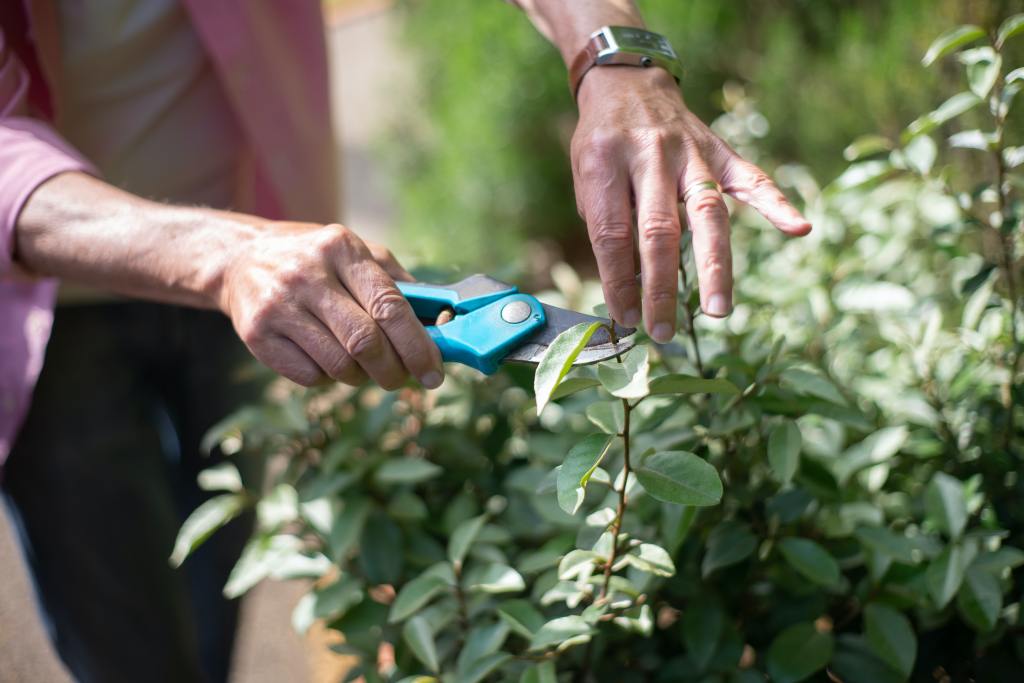
Pruning and training blueberry bushes
Pruning is essential for maintaining healthy blueberry bushes and promoting fruit production. In the first year after planting, remove any flowers or fruit that appear to allow the plant to focus on establishing strong roots and branches.
In subsequent years, prune your blueberry bushes in late winter or early spring before new growth appears. Remove any dead or diseased wood, as well as any branches that are crossing or rubbing against one another. Thin out the center of the bush to improve air circulation and light penetration.
Training your blueberry bushes to a central leader system can also help to promote healthy growth and fruit production. To do this, select a single stem to be the central leader and remove any side shoots that appear below it. As the plant grows, prune back any lateral branches to encourage upward growth.

Harvesting blueberries
Blueberries are typically ready to harvest in mid to late summer, depending on the variety and location. Ripe berries will be plump and have a deep blue color. To harvest, gently pick the berries off the bush, being careful not to damage the plant or surrounding fruit.

Storing and preserving blueberries
Fresh blueberries can be stored in the refrigerator for up to two weeks. They can also be frozen for later use by spreading them out in a single layer on a baking sheet and freezing until solid. Once frozen, transfer the berries to a sealed container and store in the freezer for up to six months.
Blueberries can also be preserved by canning, making jam, or dehydrating. Canned blueberries can be stored in a cool, dry place for up to a year, while blueberry jam can be stored in the refrigerator for several months or in the freezer for up to a year.
Stay tuned for the next in this series, How to Grow & Care for Rhubarb with a bonus video of me showing you how to properly harvest rhubarb!!
Here is a super easy pie filling recipe! This recipe can be found in my cookbook, Lovingly Seasoned Eats & Treats on Page 305.

Ingredients: Yields filling for 1 standard pie crust. This is a goop type pie filling.
1 ½ cup water
1 cup white sugar
⅓ cup clear gel
1 to 3 TBSP jello to match the flavor of your fruit being used
4 to 6 cups of fresh, cleaned fruit.
Directions:
- Mix sugar and clear gel in a medium sized stock pot; add water and mix with a whisk until well blended.
- Heat on medium high until low rolling boil; it will instantly begin to thicken; add fruit stirring gently so as not to smash fruit. I use a rubber spatula; add Jello and cook until thick and bubbly.
- Remove from heat & cool for about 5 to 8 minutes on a cooling rack; pour into a prepared pie crust of your choice.
You make a crumb topping or use another pie crust.
If you enjoyed this blog, please LIKE, Follow, Share & leave me a comment! I love your feedback!
If you aren’t following me on Facebook & Instagram go on over & give a LIKE & Follow me for daily tips & tricks for your home & garden!
Added bonus: You can go to my blog at http://www.fordragonfliesandme.com to purchase my original cookbook, Lovingly Seasoned Eats and Treats in either a spiral bound soft cover OR NEW, a Downloadable PDF version. The cookbook has almost 1000 recipes on almost 500 pages! Check out the Cookbook Testimonials while you’re there!
Until next time remember to,
Eat fresh, shop local & have a happy day,
Jean
Copyright Policy
All text and images on this site are copyright of For Dragonflies And Me. Unless otherwise noted, you may not use this content.

